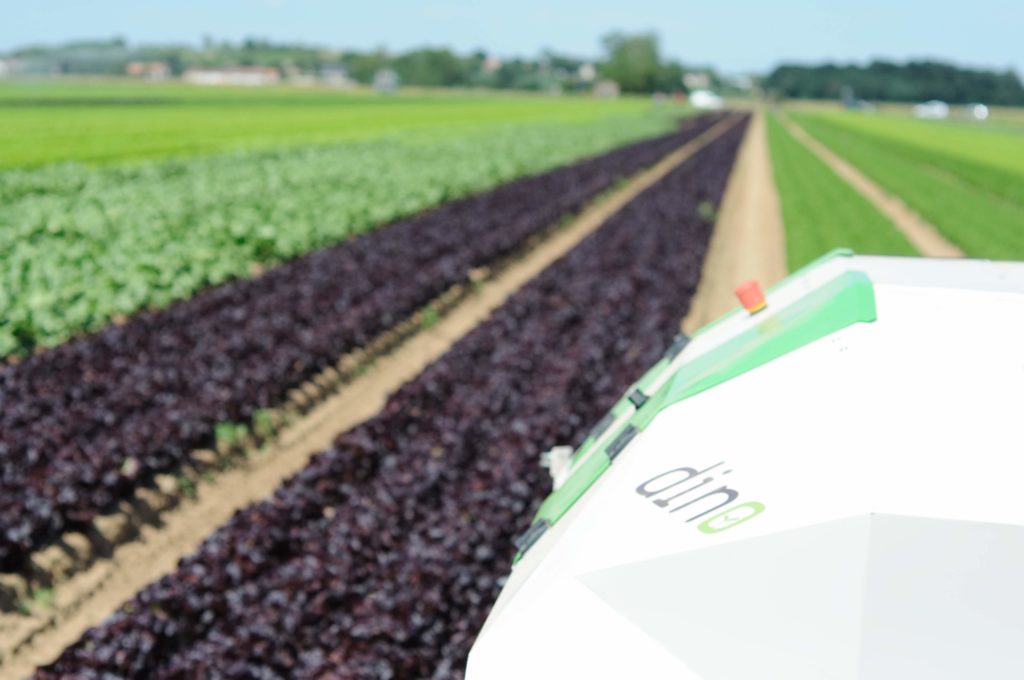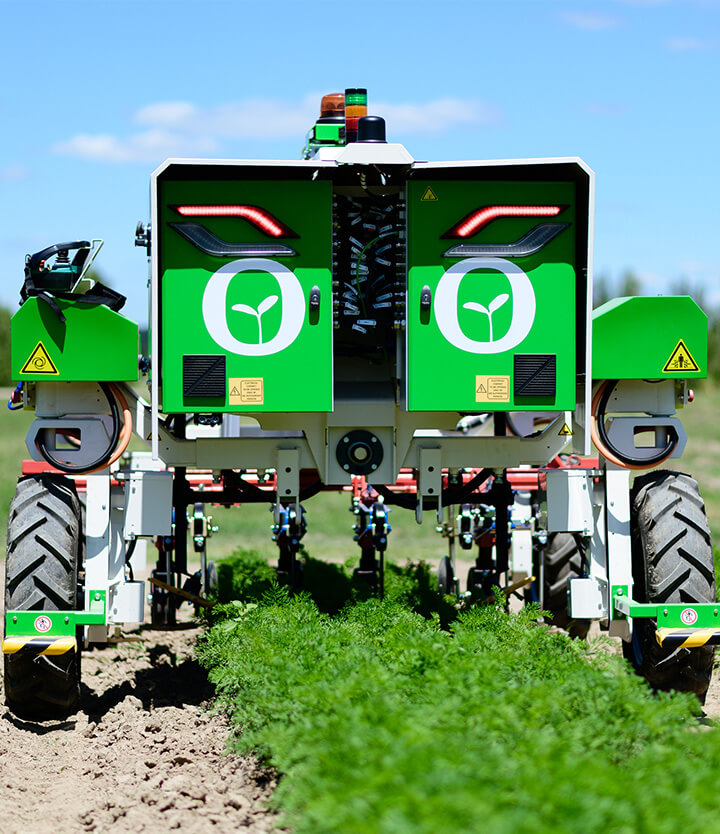Soil preparation prior to planting, solarization, mechanical or robotised hoeing, manual weeding, and more, lettuce farmers juggle different approaches in order to find the best way to control weeds. And they are always searching for an optimal solution that is economically, environmentally and technically viable.
Practices that are constantly changing
Whether they work with conventional or organic methods, farmers have a range of solutions at their disposal for weeding their lettuces. Although the use of chemical weedkillers is common in conventional farming, their use is declining as a result of changes in regulations and the decreasing number of products that are still authorised. In any case, phytosanitary solutions have never been enough on their own. They are always used in addition to other approaches, a stop-gap solution for clearing weeds.
“The question of weed control continues to be an experimental area. Practices change year to year, farmers test some new methods and then change their minds the following year and try something else. There is no technical miracle, the aim is to find what suits their needs best”, explains Mathilde Ceaux, agricultural engineer and market gardening contact person at Naïo Technologies.
Acting before and after planting

Before planting lettuce plants, it is necessary to reduce the amount of seeds present in the soil. In France, soil preparation is widespread and involves a tractor passing over the plot in order to remove young weeds before preparing the beds. There is also the stale seedbed technique, which can then be removed using mechanical tools or thermal weeding. “In the United States, farmers often use solarization which involves covering the soil with sheets during the pre-season. The weeds are burned by the effect of the sun and the heat”, explains Mathilde Ceaux.
It is then possible to plant the lettuces in the holes in the mulch – plastic. Stifled beneath the sheets, any spontaneous weeds are unable to grow. It is a technique privileged by small farms, especially organic farms, because on a larger scale the technique does have some inconveniences (time and the difficulty of removing the sheets in a way that prevents plastic residue, the cost of the material in relation to the surface planted, etc.). Finally, the most common solution after planting lettuces remains hoeing between the crop rows.
Exceeding the limits of manual and mechanical weed control
However, weeding between rows is not enough – which explains the additional use of chemical substances in conventional farming. “The greatest difficulty is eliminating weeds in the rows, beneath the leaves, between the plants, where they inaccessible to the knives. Some automated hoes can do this thanks to cameras that identify the lettuce meaning that the tools can avoid them”, explains Mathilde. However, usually, this task is done by hand by temporary workers who are employed to weed around each plant.
The cost of the workforce, the difficulty of hiring qualified tractor operators to guide the mechanical tools, the fragility of lettuce plants which may be damaged by incorrectly adjusted blades and so on. Robotic solutions offer a solution to these difficulties experienced by the majority of farmers. This is the case, for example, of the Dino vegetable weeding robot, developed by Naïo. In addition to mechanical work performed prior to planting, it intervenes on lettuces that are ready for hoeing. Guided by GPS and equipped with cameras that locate the plants, it runs between the rows as its weeding tools work as closely as possible to the lettuces thanks to the position correction system placed on the tool holders. Mathilde Ceaux: “We are currently working on a new active tool that will allow the robot to work even more thoroughly and precisely: it will be able to work directly in the lettuce row, between the plants, in addition to weeding along the row”.





